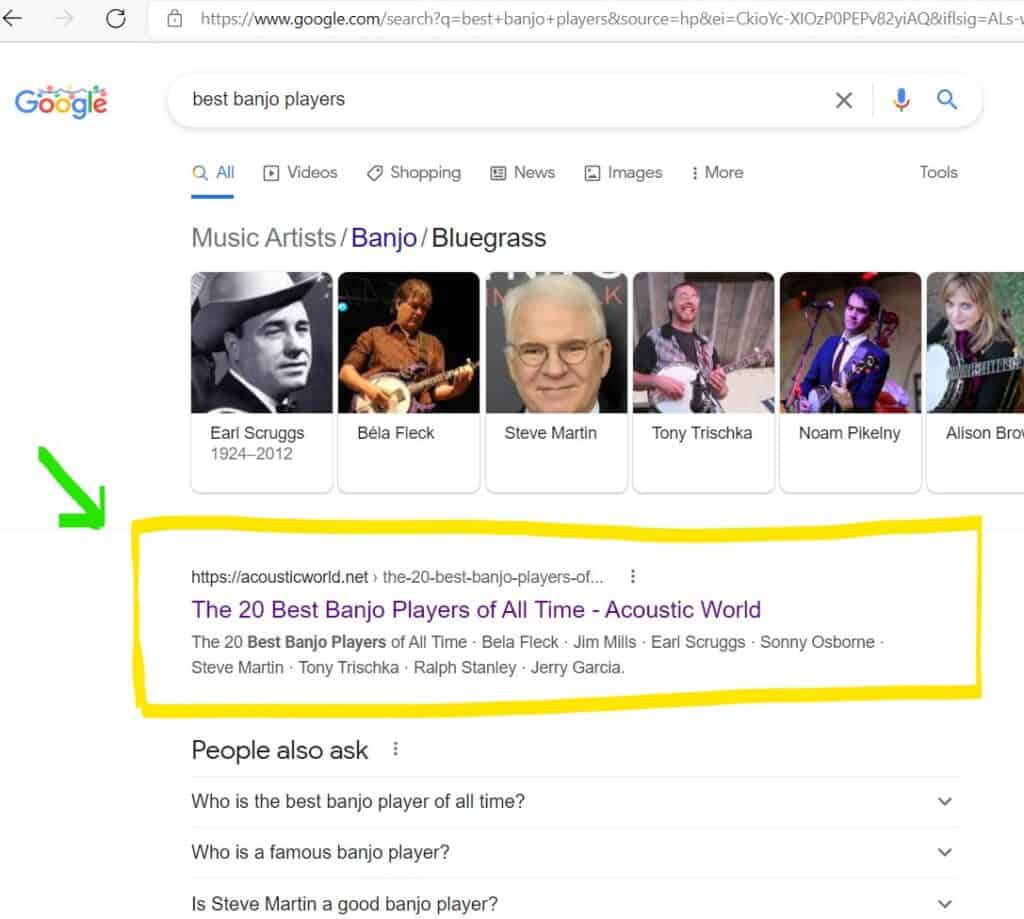
SEO is one of the more arcane industries in the world of digital marketing and content writing. But it doesn’t have to be. I’ve written before about how I write SEO optimized blog posts without using keyword research tools, keyword stuffing, backlinking, or any of the other things that SEO gurus often preach.
But today I’m going to go one step further and show you how I actually put these things into practice in my own publishing businesses. I have no SEO courses to sell you (at least not yet)… I’m just a fellow blogger and content marketer with actual skin in the game.
Here’s how I ranked my blog post #1 on Google in just a few days… but first, some context:
A Brief Backstory
Shortly into my copywriting and content marketing career, I decided I didn’t want to fully depend on client work alone. I wanted to use my powers to build a passive income stream for myself. Given that I was writing lots of blogs for other people, building a blog seemed like a natural choice.
Aside from writing, one of my other hobbies is music, and specifically, I have a real love for acoustic music. So I began writing about playing/learning acoustic guitar and acoustic music more broadly.
Nowadays, my blog Acoustic World is getting roughly 10,000 readers a month. Nothing mind-blowing, but certainly more readership than I ever thought I’d get when I first started it.
Full Disclosure | What Really Goes Into a #1 SEO Ranking?
The reason I gave you all the context above is just to make you aware of all the “up front” work that goes into writing a post that ranks well quickly. While the post I’m about to describe did rank very well very quickly, I had to build domain authority and publish dozens of other posts for about a year to get a strong holistic blog presence.
I’m assuming that if you’re reading this post you already have some content up or have a blog of some kind. Ideally, you already publish regularly. If not, it’s very unlikely you’ll get something to rank quickly. If you’re publishing content on a new domain, it can often take about a year for Google to “trust you enough” to really start ranking your posts higher up in the algorithm. This trial period is referred to by some bloggers as time “in the sandbox.”
There are a lot of factors that go into ranking #1 on Google (most of which are only known by Google, not us lowly writers). Anyone trying to sell you a service or course where they guarantee you rank #1 is most likely yanking your chain. However, implementing the tips I give below will almost certainly improve your blog rankings over time and perhaps even change your thinking about SEO.
The #1 Ranking Post
So, now on to the post in question.
Currently, my blog post ranks #1 for the query “best banjo players” :

You can read the post here.
It currently brings in some nice daily traffic to the blog.
The Big Reveal: How I Did It
What’s my secret for this #1 ranking, you ask?
Is it:
- SEO keyword research tools?
- A perfect ratio of keywords in the post?
- Tons of backlinks, guest posts, etc?
None of the above.
As you may know, my #1 piece of advice for SEO is to just write good, helpful content.
So that’s exactly what I did.
I had some other posts on Acoustic World about the best acoustic guitar players, which were ranking pretty well. Thus, I figured why not take the same concept, and apply it to a slightly less popular instrument?
I typed in “best banjo” into Google search, and saw it auto-sugged best banjo players:

This confirmed that the topic gets a fair amount of traffic. Otherwise – why would google suggest it as a top option?
By the way, I just want to emphasize that this is pretty much all that I do in the way of keyword research. To learn more about why that is, and how to do it yourself, read this post.
Next Step: Be Better Than The Competition
Now that I had my topic, it was time to survey the competitive landscape. So, I literally just searched “best banjo players” and took a look at the results.
Many other posts on the topic simply had names and pictures of the banjo players. Some had very brief blurbs. I figured I could beat out all of them by just writing a better blurb for each artist, and including an actual sample of their music from YouTube. Turns out I was right.
This sounds stupid simple (because it basically is) but almost no one thinks about it. Once you have a topic idea, survey your competition and think about how you can create a more valuable resource for a reader.
Oftentimes, if you can simply do that, it’s all it takes to eventually outrank the other contenders.
The SEO Sweet Spot: High Traffic, Low Competition
The other thing to be aware of is that “best banjo players” hits somewhat of a sweet spot, meaning it was a search term with simultaneously high traffic and low competition.
This is the best case scenario for two reasons:
- High traffic means there is interest and readership for the content.
- Low competition means you can outrank the other search results with relative ease (if you can create a better resource).
In contrast, I have similar posts on the best guitarists, but they don’t do nearly as well because the landscape of results for that search query is simply more competitive.
So when you’re thinking about your next blog topic, keep in mind both traffic and the existing competition.
Takeaways for Your Own Blogging and SEO Writing
The #1 thing that I hope you take away from this post is that SEO can be extremely simple. It’s as easy as doing some simple research on Google Search itself, looking at the competition for your potential article, and trying to create a more helpful resource than the other posts out there.
If you’d like a deeper look into the myths and truths of SEO, check out my post on The Truth About SEO Writing & Site Ranking:
